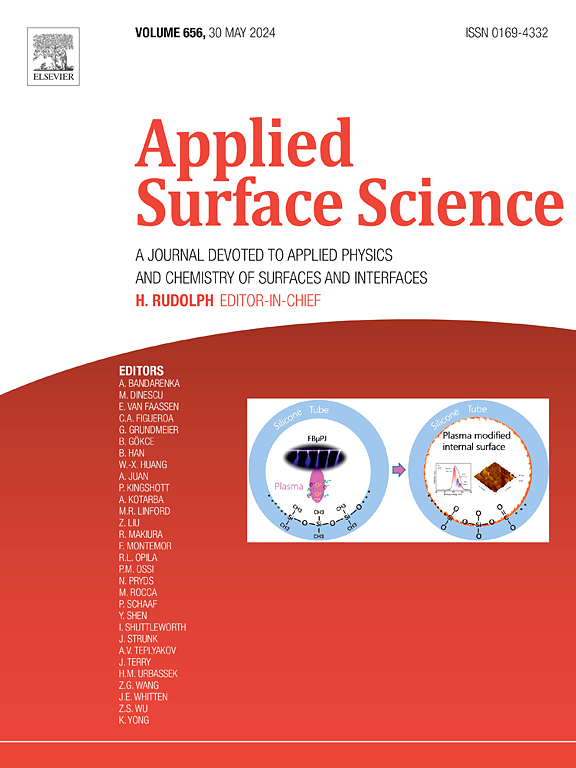Characterization of two types of magnetically cured microspheres for the adsorption and degradation of petroleum contaminants
IF 6.3
2区 材料科学
Q2 CHEMISTRY, PHYSICAL
引用次数: 0
Abstract
Petroleum pollution is becoming increasingly severe, posing serious threats to the natural environment and human health. Magnetic rice husk carbon (MRHC) and magnetic carbon nanotubes (MCNT) were used as adsorption carriers, and the petroleum-degrading bacteria LD23 were selected to prepare magnetic curing microspheres. A range of analytical techniques was used to examine the physicochemical properties, bacterial activity, the adsorption performance, and the stability of the two types of magnetically cured microspheres. Density functional theory (DFT) was applied to reveal the adsorption mechanisms of two magnetic materials, MCNT and MRHC, on petroleum pollutants. The excellent adsorption performance of MCNT is mainly attributed to high chemical activity and electron jump effect, while MRHC exhibits significant electrostatic adsorption property. The degradation kinetics were determined to verify the petroleum degradation effect of magnetically cured microspheres. The results showed that MCNT-MS had a superior specific surface area, pore size, pore volume, and magnetic response. The maximum adsorption capacity of MCNT-MS is 1.61 times greater than that of MRHC-MS. Moreover, the distribution and activity of petroleum-degrading bacteria were also better than on MRHC-MS. The degradation kinetics of MCNT-MS follow a second-order reaction, with a degradation rate that is 11.48% higher than that of MRHC-MS.

两种磁固化微球对石油污染物的吸附和降解性能
石油污染日益严重,对自然环境和人类健康构成严重威胁。以磁性稻壳碳(MRHC)和磁性碳纳米管(MCNT)为吸附载体,选择石油降解菌LD23制备磁性固化微球。采用一系列分析技术检测了两种磁固化微球的理化性质、细菌活性、吸附性能和稳定性。应用密度泛函理论(DFT)研究了两种磁性材料MCNT和MRHC对石油污染物的吸附机理。MCNT优异的吸附性能主要归功于其高化学活性和电子跳跃效应,而MRHC则表现出显著的静电吸附性能。测定了降解动力学,验证了磁固化微球对石油的降解效果。结果表明,MCNT-MS具有优越的比表面积、孔径、孔体积和磁响应。MCNT-MS的最大吸附量是MRHC-MS的1.61倍。此外,石油降解细菌的分布和活性也优于MRHC-MS。MCNT-MS的降解动力学遵循二级反应,降解率比MRHC-MS高11.48%。
本文章由计算机程序翻译,如有差异,请以英文原文为准。
求助全文
约1分钟内获得全文
求助全文
来源期刊

Applied Surface Science
工程技术-材料科学:膜
CiteScore
12.50
自引率
7.50%
发文量
3393
审稿时长
67 days
期刊介绍:
Applied Surface Science covers topics contributing to a better understanding of surfaces, interfaces, nanostructures and their applications. The journal is concerned with scientific research on the atomic and molecular level of material properties determined with specific surface analytical techniques and/or computational methods, as well as the processing of such structures.
 求助内容:
求助内容: 应助结果提醒方式:
应助结果提醒方式:


